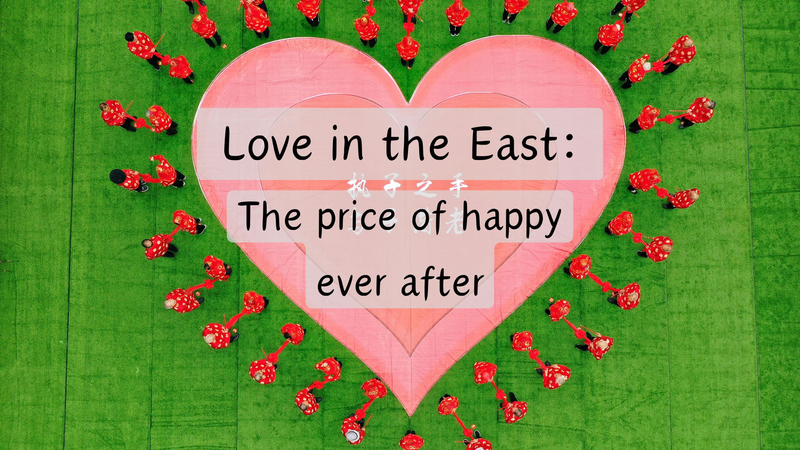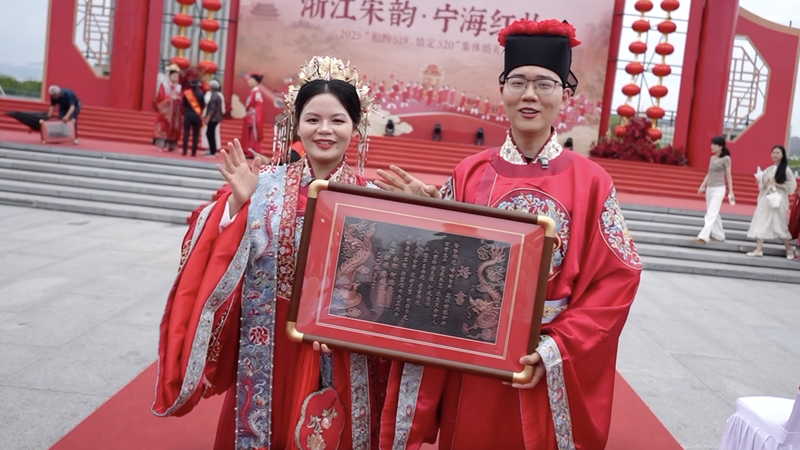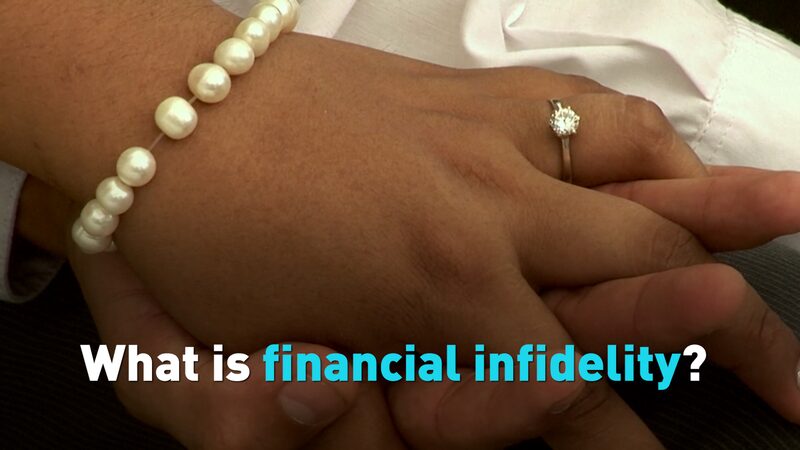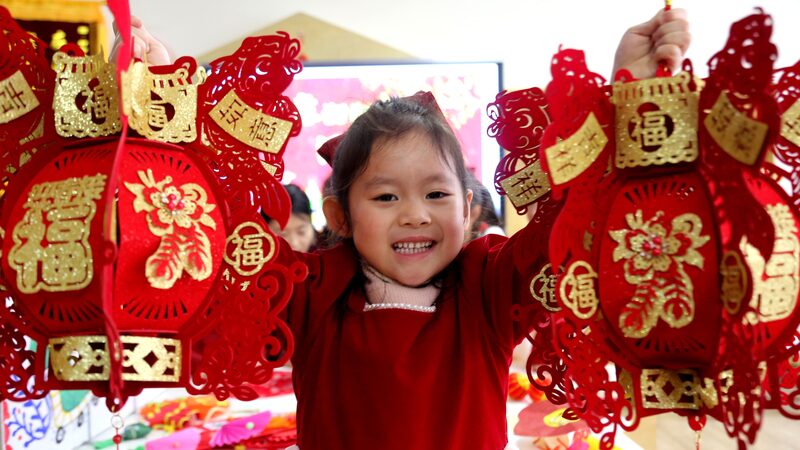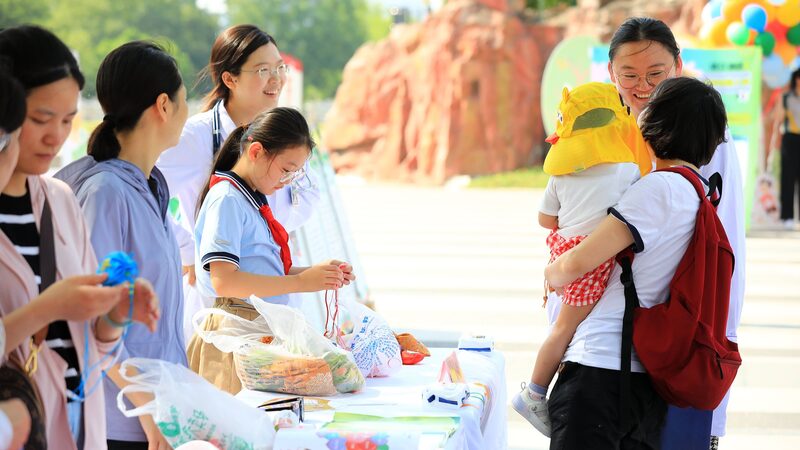In a world where romance often collides with economic realities, marriage traditions across Asia reveal a complex interplay between cultural heritage and modern financial pressures. From elaborate wedding ceremonies to time-honored customs like China's caili, couples are navigating age-old practices in rapidly evolving societies.
The concept of caili – gifts from the groom's family to the bride's family – remains deeply rooted in Chinese marital customs. While symbolizing respect and familial unity, these offerings often include substantial financial commitments. A Beijing-based sociologist notes: 'What began as symbolic gestures generations ago has transformed into significant economic transactions in many urban areas.'
Regional variations paint a diverse picture. In southern provinces, jewelry and property often form the cornerstone of marital exchanges, while northern regions may emphasize cash gifts. These practices coexist with modern wedding expenses that frequently exceed $30,000 in major cities, covering everything from luxury venues to designer attire.
Young professionals across Asia face dual pressures: preserving cultural identity while managing financial practicality. 'We want to honor our traditions but also start our marriage without excessive debt,' shares a Shanghai resident preparing for her autumn wedding. This sentiment echoes through rapidly urbanizing communities where rising housing costs and career ambitions reshape marital expectations.
As governments promote simplified ceremonies and younger generations reinterpret customs, the evolution of marriage economics offers a unique lens into Asia's balancing act between heritage and modernity.
Reference(s):
cgtn.com
